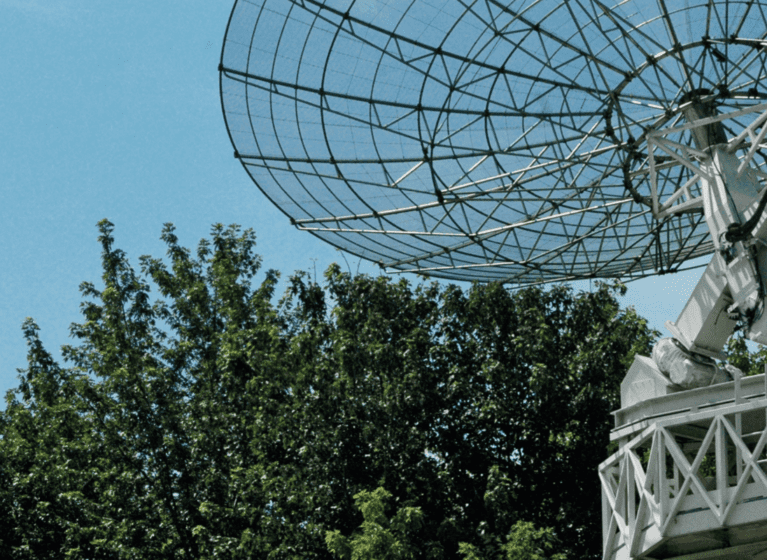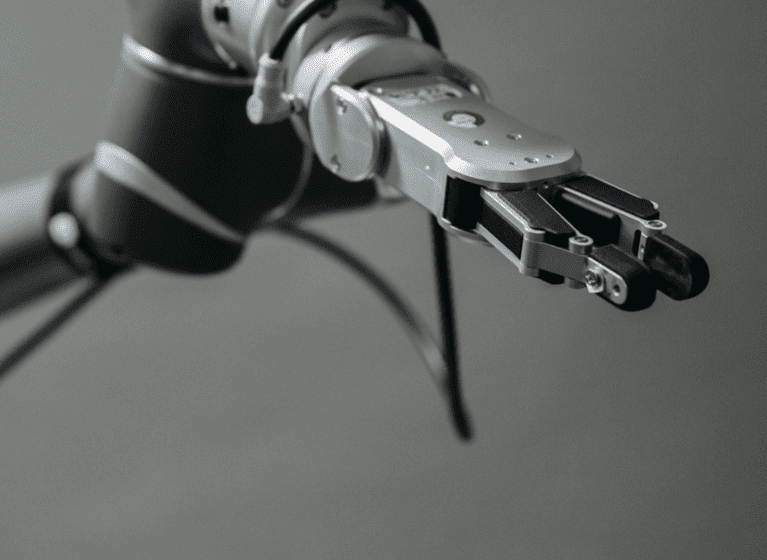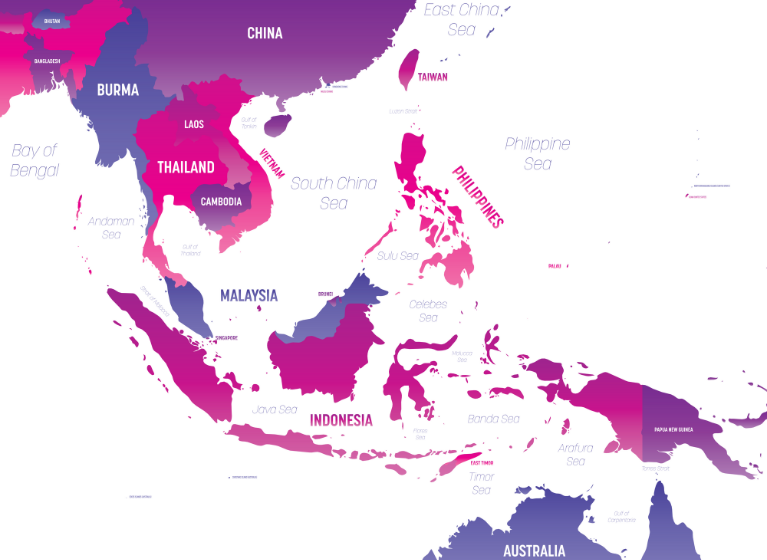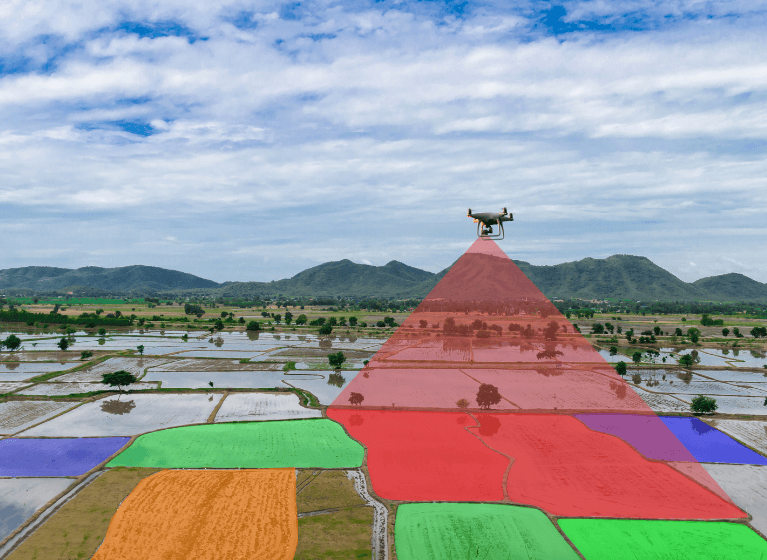The Intellectual Property Office of Singapore (IPOS) has recently issued an online guidebook providing some clarification in relation to the protection of non-physical designs under the Registered Designs Act 2000 (RDA). After a period of time when there was some ambiguity in relation to non-physical designs that can be protectable, the guidebook now provides helpful information for both applicants and practitioners.
Background
In mid-November 2020, IPOS issued their guide for the protection of non-physical designs (here). Since the introduction of legislation allowing for the protection of non-physical designs in 2017, there have been substantial exchanges between stakeholders and IPOS seeking clarification on the protection of non-physical designs. Until now, though, there has not been definitive guidance which can be referred to by the public. The guide, therefore, provides some welcome clarification in relation to non-physical designs, including several examples of protectable non-physical designs which provide much-desired guidance.
The guide came about after IPOS reached out to stakeholders in the Registered Designs regime in the second quarter of 2020 to seek their views on a preliminary draft of the guide. Subsequently, a period of about half a year was used to fine-tune the guide pursuant to feedback provided by stakeholders. A comparison of the guide with the preliminary draft indicates amendments/additions were taken into account, showing a commitment by IPOS to work collaboratively with stakeholders.
What are the requirements for a registrable non-physical product?
Section 2 of the RDA defines “non-physical product” to relate to an object, or a set of objects, that:
- does not have a physical form;
- is produced by a projection of a design on any surface/medium; and
- has an intrinsic utilitarian function.
Specifically, the guide states that non-physical products which are merely for decorative purposes and do not serve any useful function would not be registrable. The guide states that merely portraying an appearance of an object or merely conveying information would not be “useful”. The guide has also provided an example that a projection of a vase containing flowers for decorative purposes would not be registrable.
The guide also provides information relating to non-physical products in the realms of mixed and virtual reality. Based on the examples provided in the guide, it appears that non-physical objects viewable on mobile device screens and virtual reality goggles would typically be unable to fulfil criteria (ii) above, but can be registrable as a graphical user interface (GUI) under the Registered Designs regime instead. However, the rights conferred for a registered GUI differs from that of the rights conferred for a registered non-physical product, as detailed below.
What are the rights conferred for a registered non-physical product?
Section 30 of the RDA recites exclusive rights of the registered owner to:
- make in Singapore, or import into Singapore, for sale or hire, or for use for the purpose of trade or business, any device for projecting a non-physical product as registered; and
- sell, hire, offer (this would likely cover provision of free-to-install apps) or expose for sale or hire, in Singapore, a non-physical product as registered or any device for projecting a non-physical product as registered.
It must be said that that the registered rights for a non-physical product can a complementary IP right to the registered rights for a physical product. For example, if multiple devices are able to project a plurality of non-physical products, the multiple devices can be protected in a cost-effective manner by just obtaining registration for the non-physical products. In another example, if a ubiquitous device like a mobile phone can be configured to project a registered non-physical product onto a medium, the registered owner can potentially take action against any number of mobile phone companies within their budgetary constraints.
What should applicants assess when deciding to protect a non-physical product?
Generally, under the RDA, applicants are able to choose between registration of non-physical products as either a non-physical product or as a GUI. Budget permitting, in some circumstances, filing two applications, one as a non-physical product, and one as a GUI may be possible. Based on the rights conferred for a registered non-physical product, it would appear that whenever the requisite requirements for a registrable non-physical product are met, one should always file the application as a non-physical product. This is because the rights conferred on a design registered as a GUI only covers a reproduction of the registered GUI which, in many instances, can be overcome quite easily.
However, issues can potentially arise when there is some uncertainty in relation to the “intrinsic utilitarian function” of the non-physical product. For example, the guide provides an example that designs produced via a heads up display lack an intrinsic utilitarian function as they merely convey information. This does not, however, seem entirely black and white. Consider, for example, a heads up display that includes a user interface element (eg. an icon) that can be toggled by a user’s eye movements to activate a function in a car. Arguably, therefore, such a heads up display does have a utilitarian function. In this case, there may be some risk filing an application as a non-physical product, as rejection by IPOS would lead to no recourse for the applicant since:
- it is not possible to convert an application in respect of a non-physical product to one in respect of a GUI mid-way through the application process;
- the RDA does not provide an appeal process that allows the decision of the examiner to be challenged, particularly in relation to an assessment of the “intrinsic utilitarian function”;
- filing a new application will not be viable as the originally filed application would affect its validity.
In addition, the guide has also clarified that owners of registered physical designs are able to file “associated applications” for non-physical versions of their registered physical designs, whereby the term of the “associated applications” follows that of the registered physical designs. Although not clearly mentioned in the guide, it would be prudent to assume that the “associated applications” should also fulfil the requirements for registrable non-physical products.
Conclusion
The guide provides applicants with helpful information both from an educational perspective, and from a practical perspective. However, it should be noted that the approach to protecting non-physical products needs to be considered strategically, as an error can be fatal in relation to obtaining design rights to safeguard the applicant’s commercial interests. Applicants can reach out to IPOS for guidance in relation to their registered design applications, but it must be recognized that any guidance provided by IPOS will not be rectifiable if the guidance is flawed. In this regard, while the guide is easily consumed, applicants should carefully consider the nuances involved in protecting of non-physical products to ensure that their interests are adequately safeguarded.







